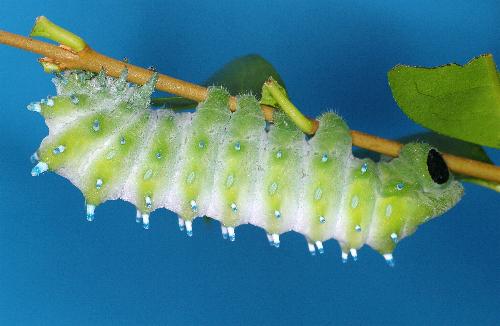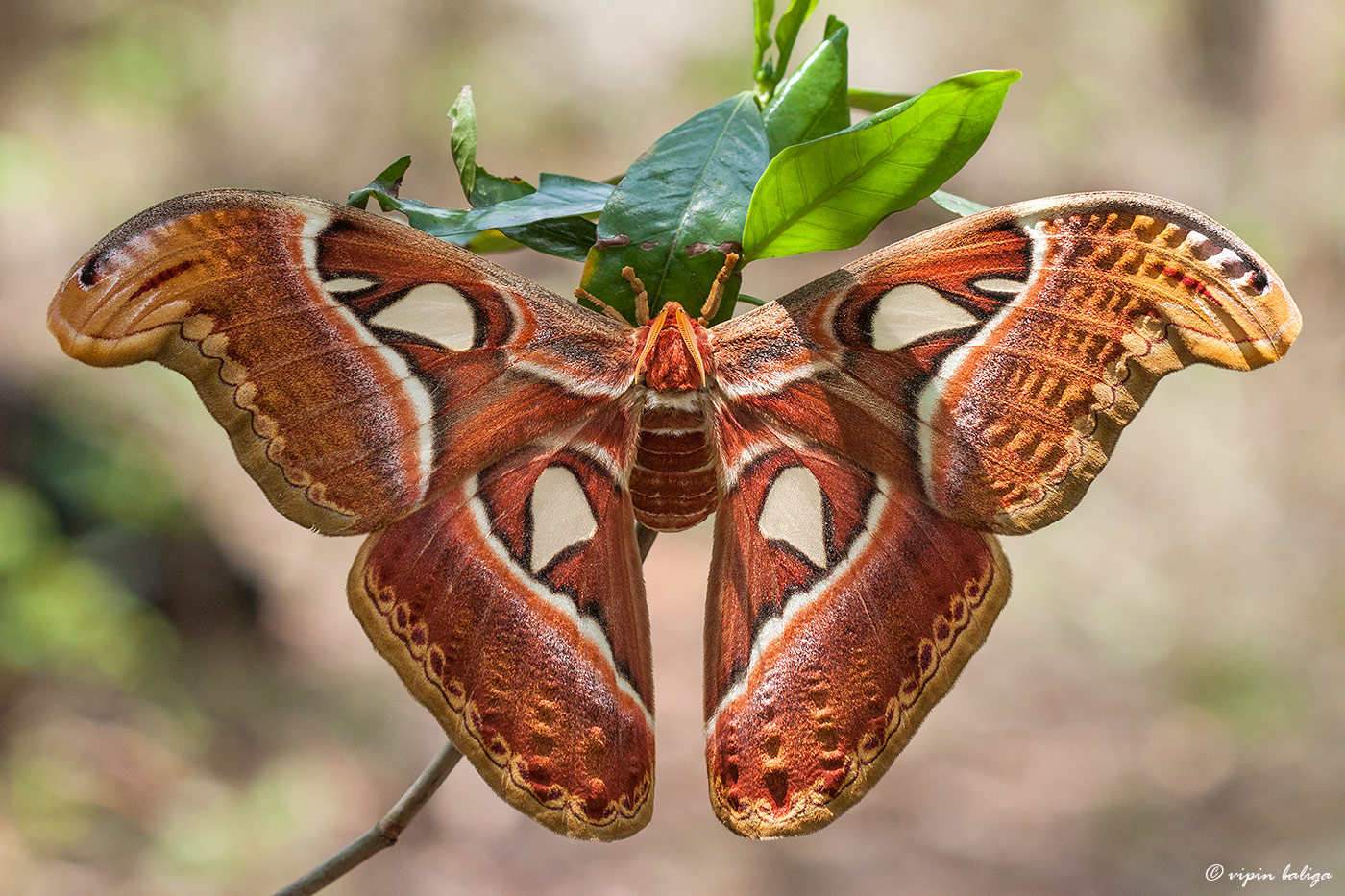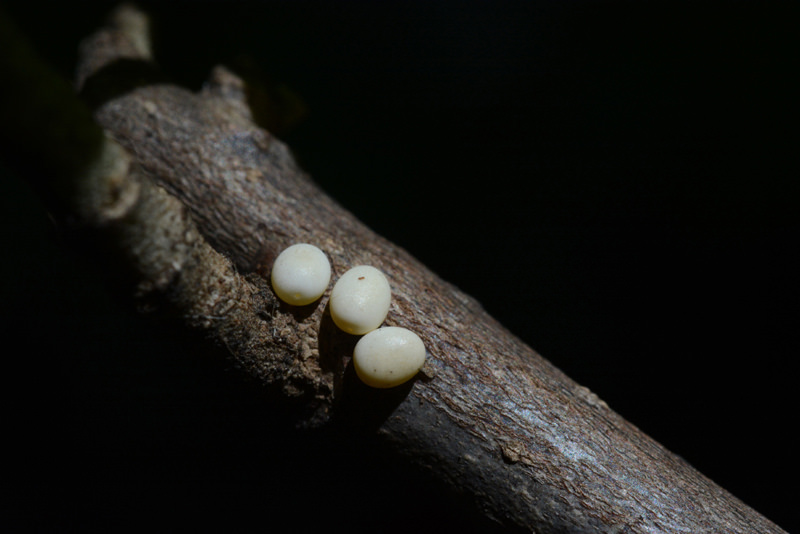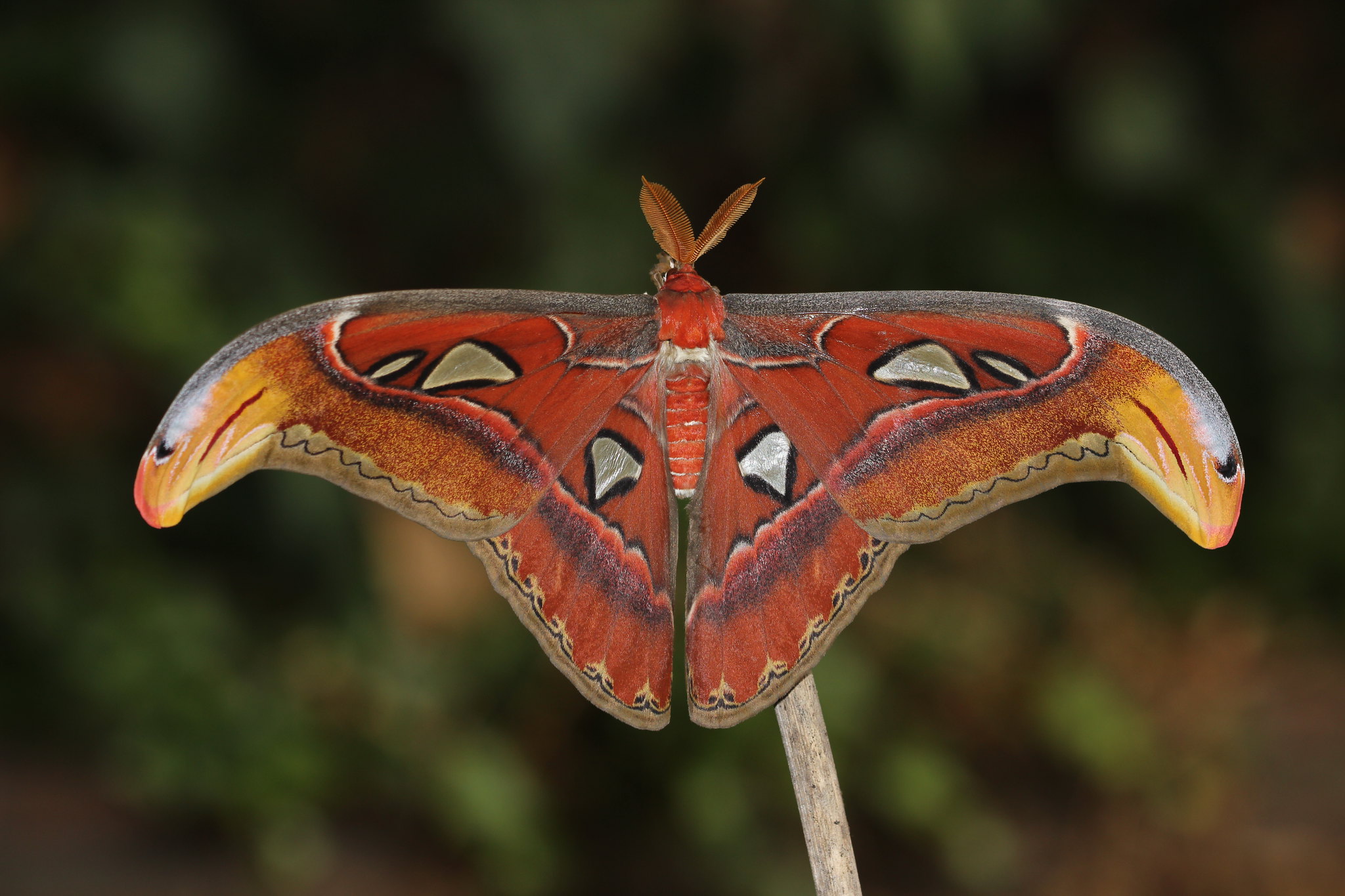Behaviour
Breeding colonies are very local in distribution. Adults are nocturnal and seasonally abundant, having been recorded during the wet season from January to March.
Their life cycle takes approximately 3 months, however pupae may remain dormant for a year.
Its range is restricted to coastal monsoon forest, where the preferred larval food plants and breeding habitat occurs.
Field Guide
Improve your identification skills. Download your Atlas Moth field guide here!





